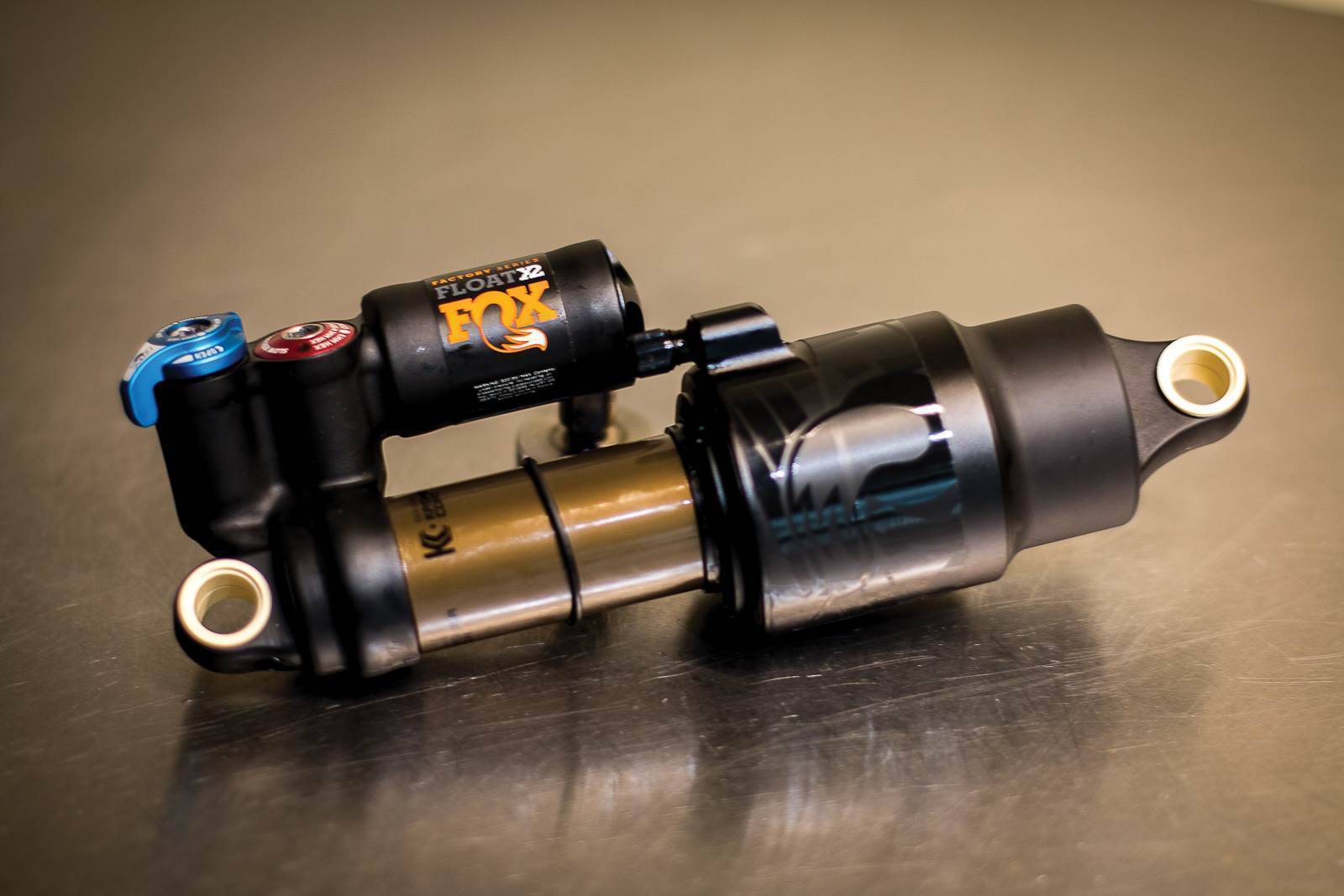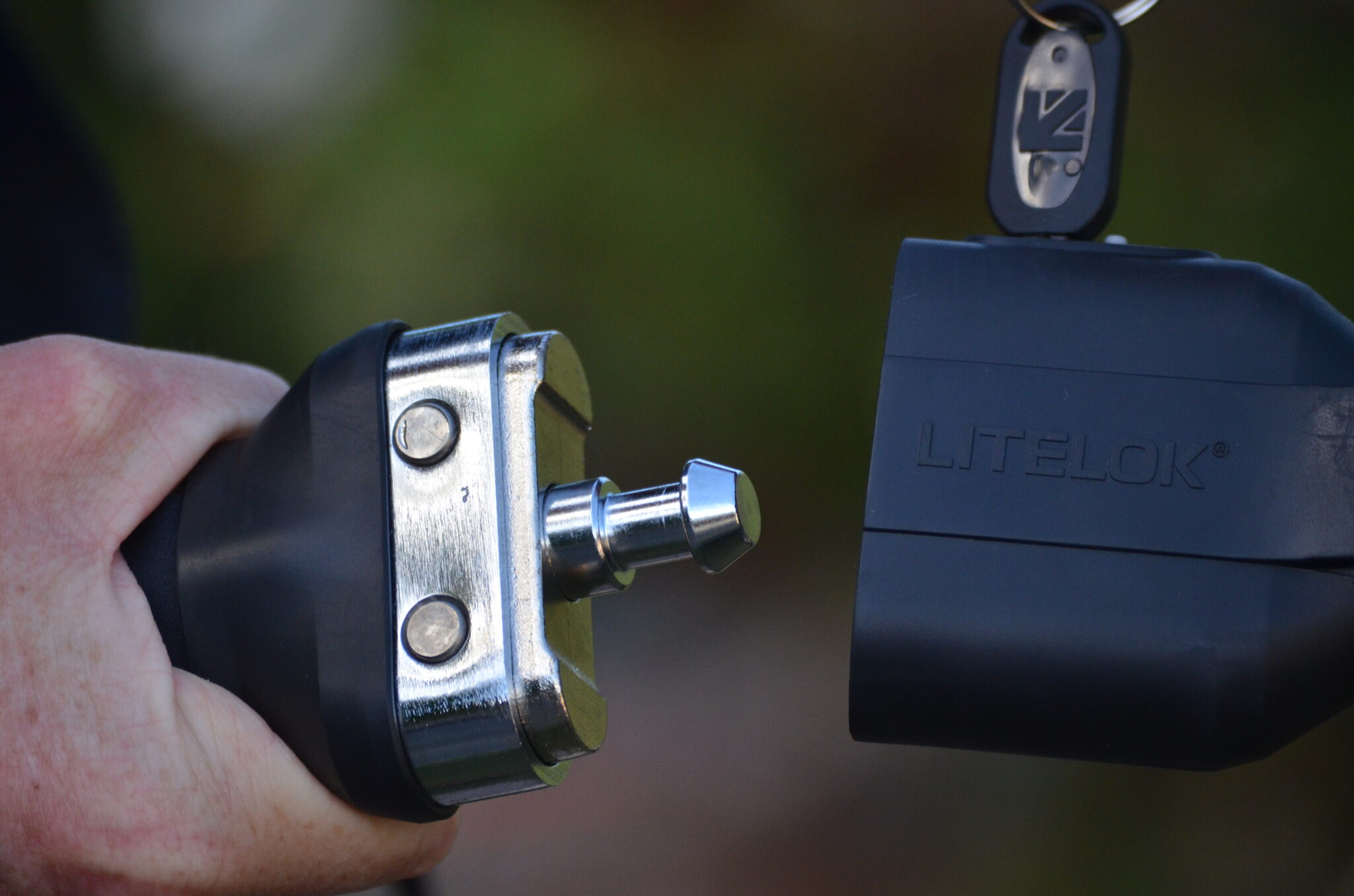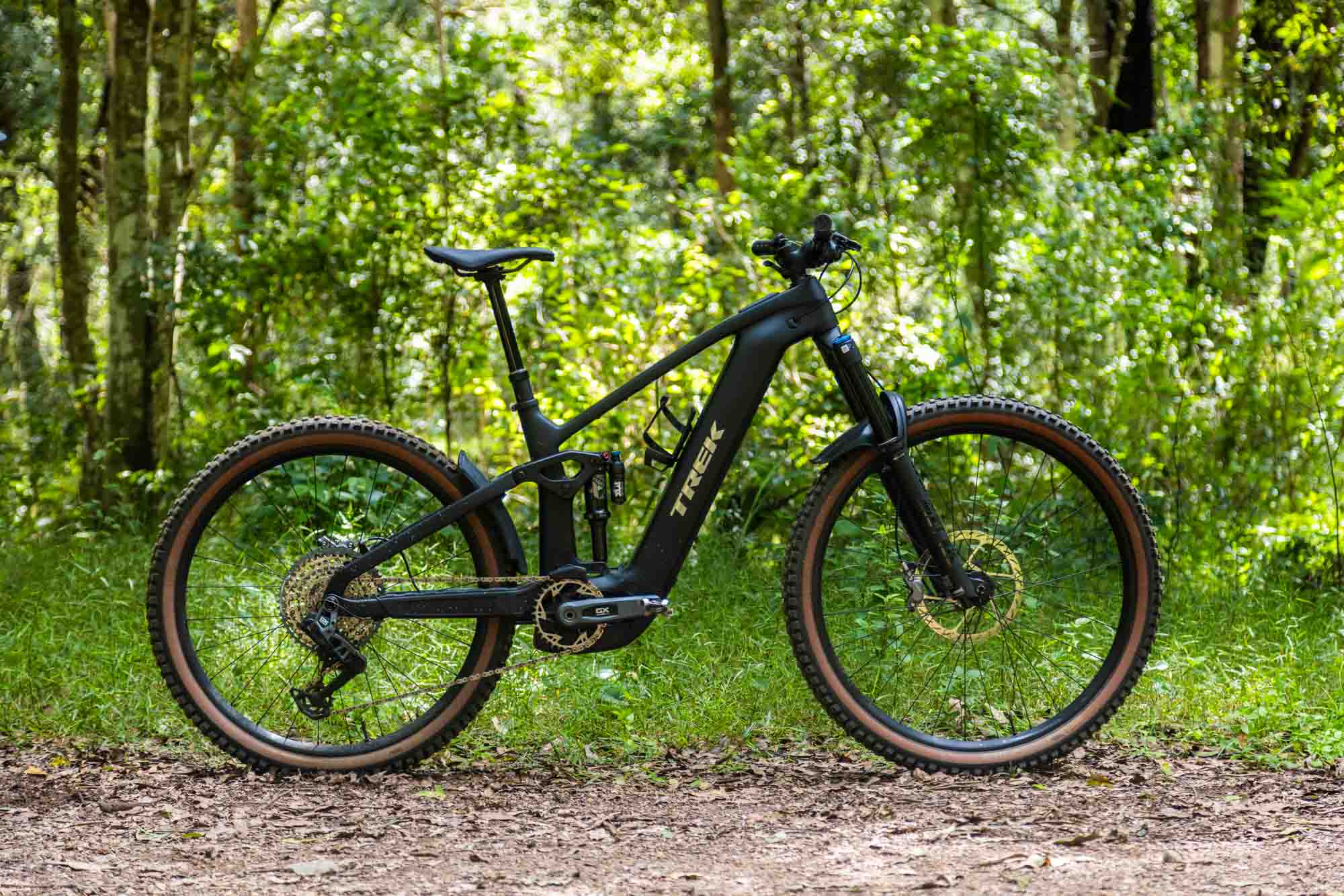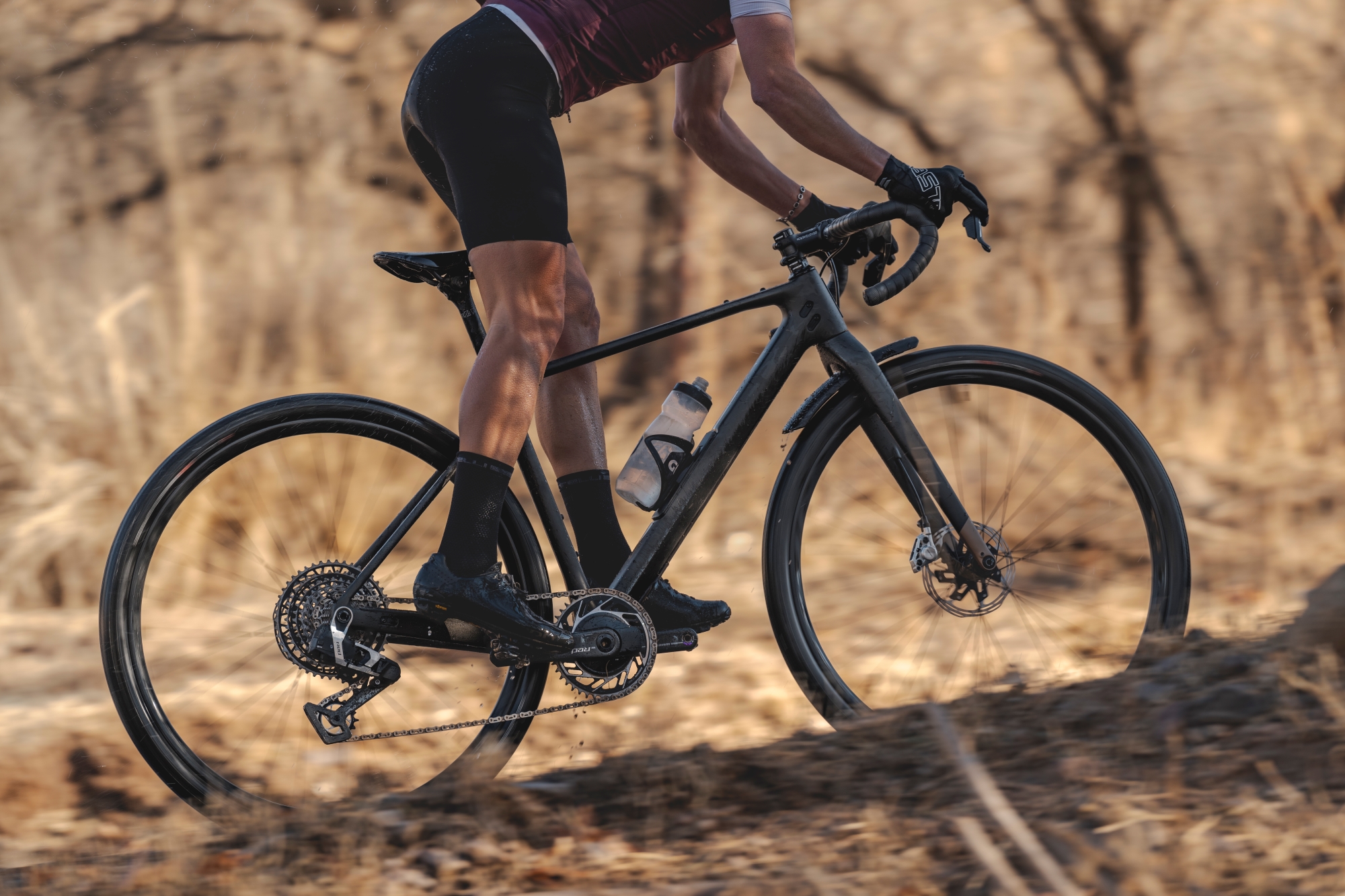TESTED: Fox Float X2
The Fox Float X2 is a relatively new bit of suspension kit to most consumers at just a season or two old. With a few new bells and whistles added for the 2017 season, it's time to get acquainted.

Words: Adam Fernyhough Photo: Sola Sport
The Fox Float X2 is Fox’s premium air shock, born from the roots of its coil sprung downhill cousin and introduced to factory racers over the 2014 season, the production air sprung version was available soon after. Now in its 2017 incarnation development continues with the addition of a further compression switch and newer, easy to fit volume spacers.
The Float X2 has adjustable damping for high and low speed compression and rebound, with the damping circuits remaining active even when the climb switch is turned. This adjustment, along with the infinite adjustment an air spring brings gives controlled damping to every stroke and impact that passes through it. And that is what is important to remember, all of your suspension movements transfer through your shock, from single pivot to multi linkage designs, the ability of the shock will dictate the performance of the system.
THE INS AND OUTS OF THE FOX FLOAT X2
The Float X2 is designed more for gravity and, yes, enduro, applications, rather than a full XC race format. It does weigh considerably more than a basic air can, a hair over 500 grams for a 200×57 model, which is about 200 grams more than a Float EVOL DPS of the same size, but almost 100 grams lighter than probably its closest competitor, the Cane Creek Double Barrel Air.
To make the huge range of adjustment possible Fox have developed their Rod Valve System (RVS). Featuring low and high speed adjustments for both compression and rebound, maintained and adjusted through an enormous range of 22 clicks per dial and housed in the red and blue RVS housing. With the addition of the blue X2 Lever climb switch on the compression RVS the Float X2 has the ability to be tuned to exactly your requirements. However, this process isn’t just an afternoon of tinkering in the shed, it requires a degree of cognitive and recorded adjusting and riding to get the tune you want.
The mechanics of the Float X2 are so complex, that any description which uses the terms “well basically” are doing the engineering process of the shock an injustice. Inside the main body there is a twin tube design which houses the static oil and the main piston. The twin tube refers to the piston tube also having an outer sleeve chamber which returning oil passes through, thus bypassing the main piston chamber. This greatly assists the rapid changes the shock has to endure during its ever changing cycle.
Fox have been developing their shim stack system since I can remember, and over time the system has received both criticism and praise for its ability to damp the rapid compression and rebound effect of a coil or air spring both in their shocks and in their forks. A constant remark made of the shim stack system is that they can have a quite severe on or off sensitivity and can be difficult to find the exact sweet spot which delivers both big hit performance while still giving small bump sensitivity and traction.
The X2 uses shim stacks in the main piston to release pressure at high velocities while a further shim stack and one-way check valves are housed in the RVS adjusters to fine tune the damping. The extra piggy back contains a further piston which houses and compensates oil as the shock is compressed.
The X2 lever works on the compression circuit but is not merely a lock out lever. When activated the RVS circuit is still engaged but reduces compression activity while still keeping the shock in its sagged position rather than a topped out and locked out position favoured by old designs.
An info graphic on the Fox website shows how the oil moves on the coil spring version and is certainly worth a watch if you are that way inclined, it interesting to see just how many small parts have been engineered to make all the system work.
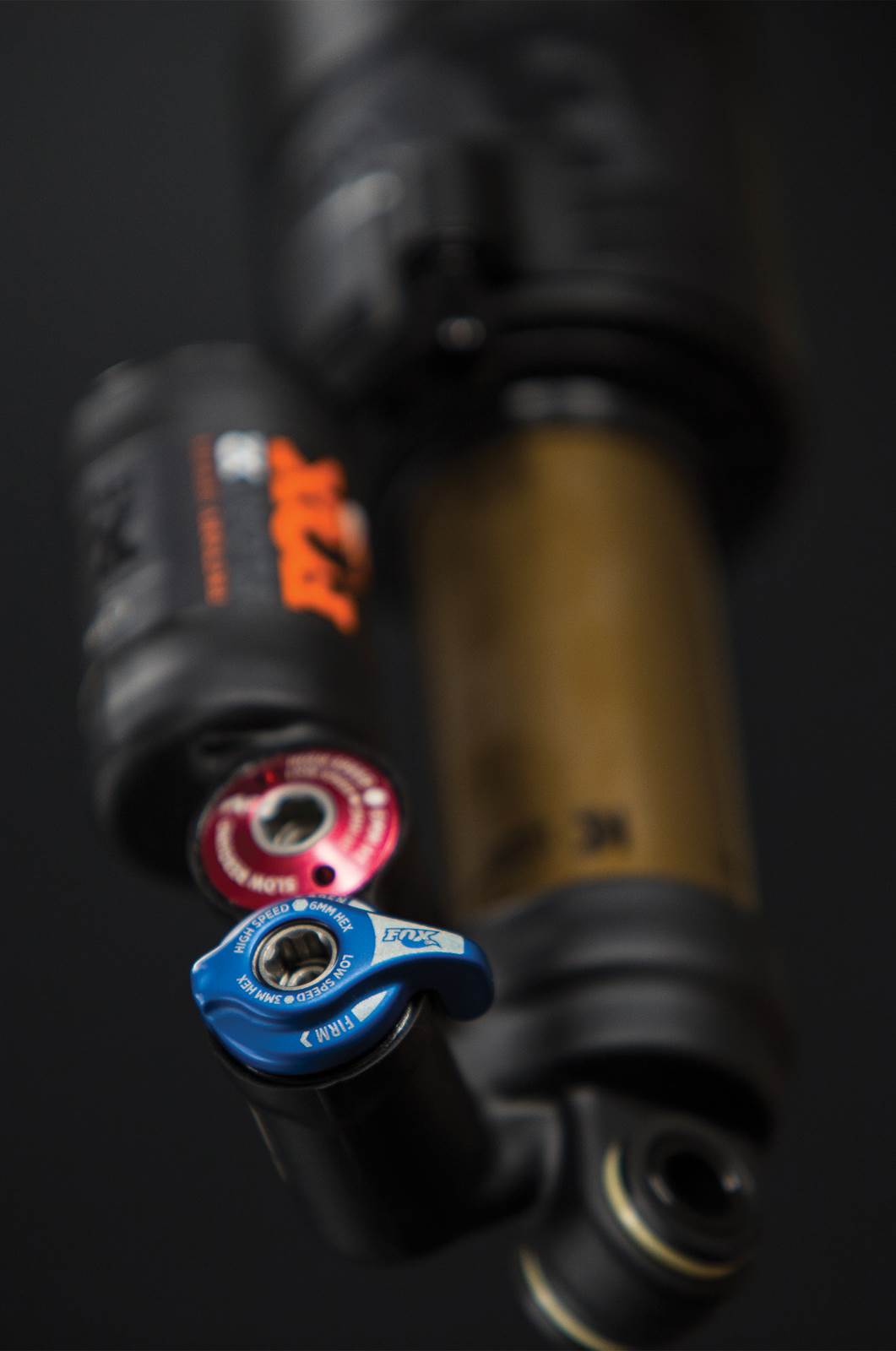
RIDING THE FOC FLOAT X2
My test shock came in a 200x57mm size, and I tested it on Santa Cruz’s VPP2 suspension system. The VPP2 is in itself a very capable system, providing minimal chain growth, good anti squat properties with small and big hit capability. But as previously stated, all this technology and CAD design counts for nought if the damper proves to be ineffective.
Fortunately, the results were very encouraging. Going from a 2016 Fox EVOL DPS shock, an improvement itself from the previous CTD shock, the ride results were noticeable from the first ride. Fox have also heavily invested in telegraphing their technical specifications and set up knowledge through their web site, which provides base tunes for a wide range of rider weights.
I firstly dialled all settings exactly to their mid points, then went for a short loop primarily to check sag settings and get an overall feel of the shock. Following this and after further reading of the web site, I dialled the setting up to the recommended numbers, pumped in a further 5 psi then went on a slightly longer pedal.
Performance from cold (both shock and rider!) gave a progressive and firm feel. As it heated up the shock became slightly more compliant, or looser, but didn’t suffer from becoming overly wallowy, a problem that the old CTD had. With the damping setting set at Fox recommendations I found the slow speed compression very slightly under damped, a flick of the climb switch soon gets the shock into sprint mode, with the advantage of not jacking it up at the top of its stroke but, predictably, at the expense of some sensitivity.
The Float X2 comes with a neat little 3mm/6mm allen key adjuster which services the high and low speed dampers of both RVS circuits and is a handy tool on the trail for tuning adjustments. Post ride, with the shock in factory recommendations, back in the shed I clicked up both compression circuits slowed the high speed rebound put in 2 more psi! Next ride found me using the climb switch less, bordering on not at all and it’s been like that ever since. For a shock that isn’t designed primarily as a XC shock, one of my initial properly set up rides was a 100km loop of my local trails, including about 25km of oh-so-exciting road k’s, the X2 worked flawlessly throughout.
It’s safe to say that over that sort of length of ride the shock was well warmed up and bedded in, it showed no real changes in some fairly high speed, high impact downhill sections and still managed to show good small bump compliance, traction and controlled rebound. Fox have also redesigned their volume spacers for 2017, going with a hard plastic 2-piece design. The air sleeve is removed without tools (apart from a shock pump) giving you more choice to tune the shocks bottom out resistance, I’ve found that running 3 spacers worked well for me.
The Float X2 is certainly a step up over the current DPS shock, however I’ve not compared it to the intermediate Float X model which shares some of the same technology of the X2. In my opinion, I’d say that the Float X2 is well suited to bikes in the 140-160-170mm travel area, where the extra few hundred grams isn’t going to show. For anyone put off by multi adjustment, your preferred shock tune isn’t hard to find, it just requires a bit of patience.
| HITS | MISSES |
| Exceptional adjustment and suspension control | Not a basic set up |
| RRP: $979 | From: ridefoxaustralia.com.au |

